The Automation as a Service Market is currently characterized by a dynamic competitive landscape, driven by rapid technological advancements and an increasing demand for operational efficiency across various sectors. Key players such as UiPath (US), Automation Anywhere (US), and IBM (US) are at the forefront, each adopting distinct strategies to enhance their market positioning. UiPath (US) focuses on innovation through continuous product development, emphasizing user-friendly interfaces and robust AI capabilities. Automation Anywhere (US), on the other hand, has been actively pursuing strategic partnerships to expand its ecosystem, thereby enhancing its service offerings. IBM (US) leverages its extensive cloud infrastructure to integrate automation solutions, positioning itself as a leader in enterprise-level automation services. Collectively, these strategies contribute to a competitive environment that is increasingly centered around technological innovation and customer-centric solutions.
In terms of business tactics, companies are increasingly localizing their operations to better serve regional markets, which appears to be a response to the growing demand for tailored automation solutions. The market structure is moderately fragmented, with several players vying for dominance, yet the influence of major companies remains substantial. This competitive structure allows for a diverse range of offerings, catering to various customer needs while fostering innovation through competition.
In August 2025, UiPath (US) announced a significant partnership with a leading cloud provider to enhance its automation capabilities. This strategic move is likely to bolster UiPath's position in the market by integrating advanced cloud functionalities into its automation platform, thereby improving scalability and performance for its clients. Such partnerships are indicative of a broader trend where companies seek to combine strengths to deliver more comprehensive solutions.
In September 2025, Automation Anywhere (US) launched a new AI-driven automation suite aimed at small to medium-sized enterprises. This initiative reflects a strategic pivot towards democratizing automation, making it accessible to a wider audience. By focusing on smaller businesses, Automation Anywhere (US) not only expands its customer base but also positions itself as a champion of inclusive technology, which could enhance its brand reputation and market share.
In October 2025, IBM (US) unveiled a new suite of automation tools designed specifically for the healthcare sector. This targeted approach underscores IBM's commitment to vertical integration, allowing it to cater to industry-specific needs. By addressing the unique challenges faced by healthcare providers, IBM (US) is likely to strengthen its foothold in this critical market segment, showcasing the importance of tailored solutions in driving competitive advantage.
As of October 2025, the competitive trends within the Automation as a Service Market are increasingly defined by digitalization, sustainability, and the integration of artificial intelligence. Strategic alliances are becoming more prevalent, as companies recognize the value of collaboration in enhancing their service offerings. Looking ahead, it appears that competitive differentiation will evolve from traditional price-based strategies to a focus on innovation, technological advancement, and supply chain reliability. This shift suggests that companies that prioritize these elements will likely emerge as leaders in the Automation as a Service landscape.
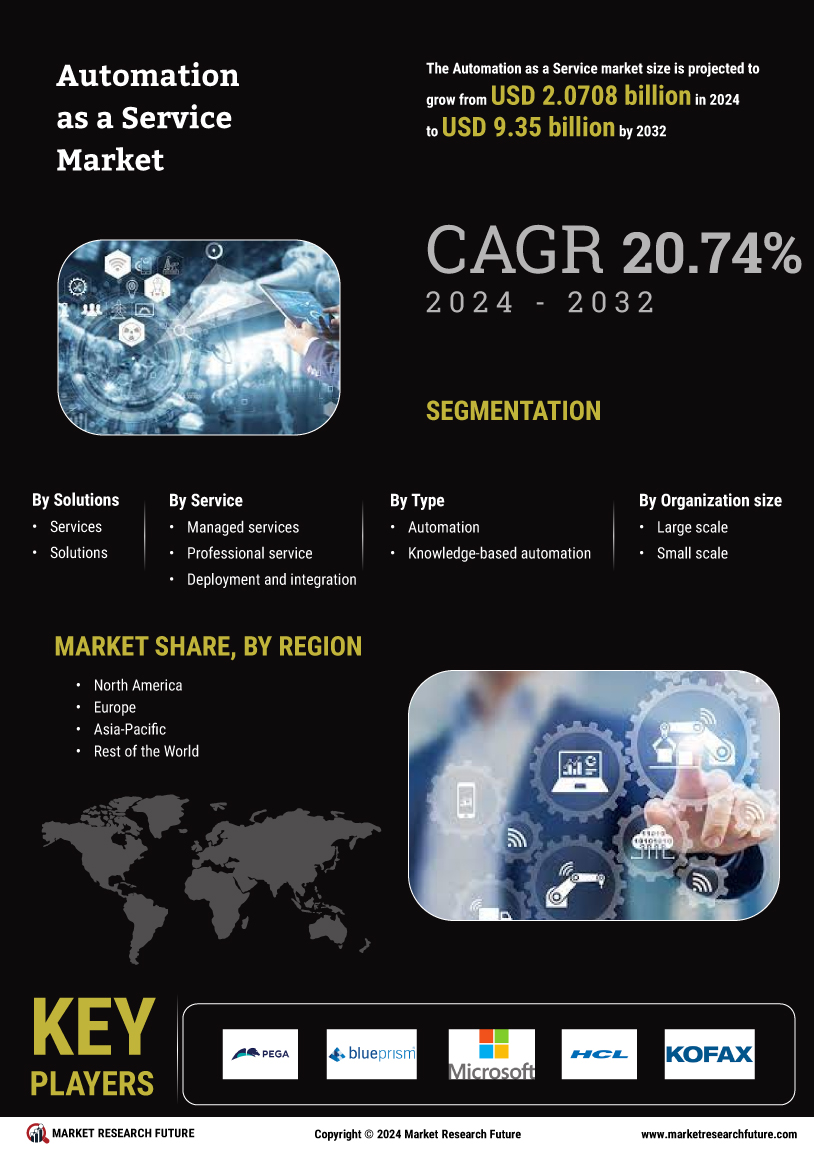

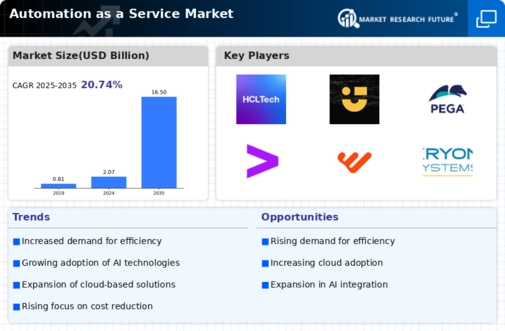

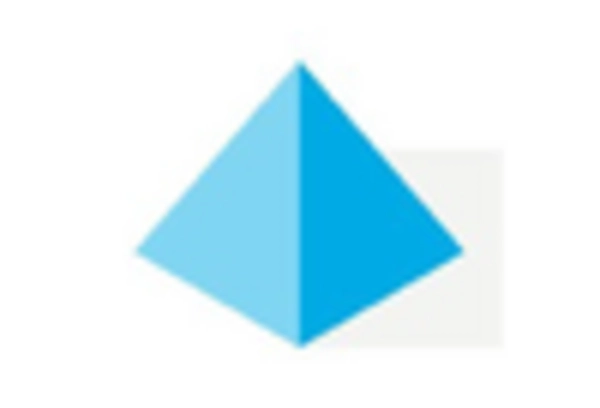

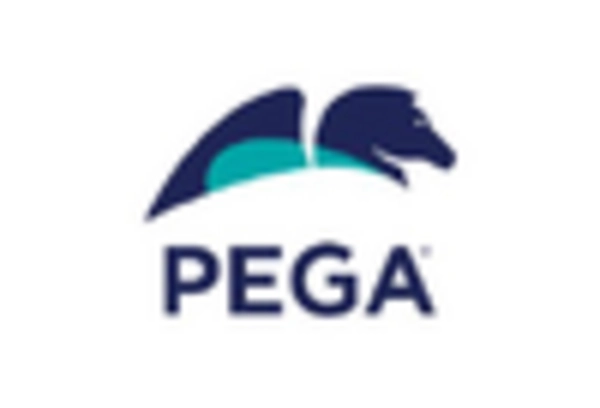
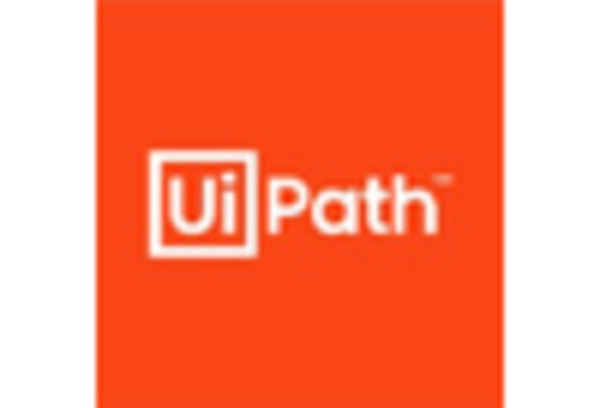









Leave a Comment